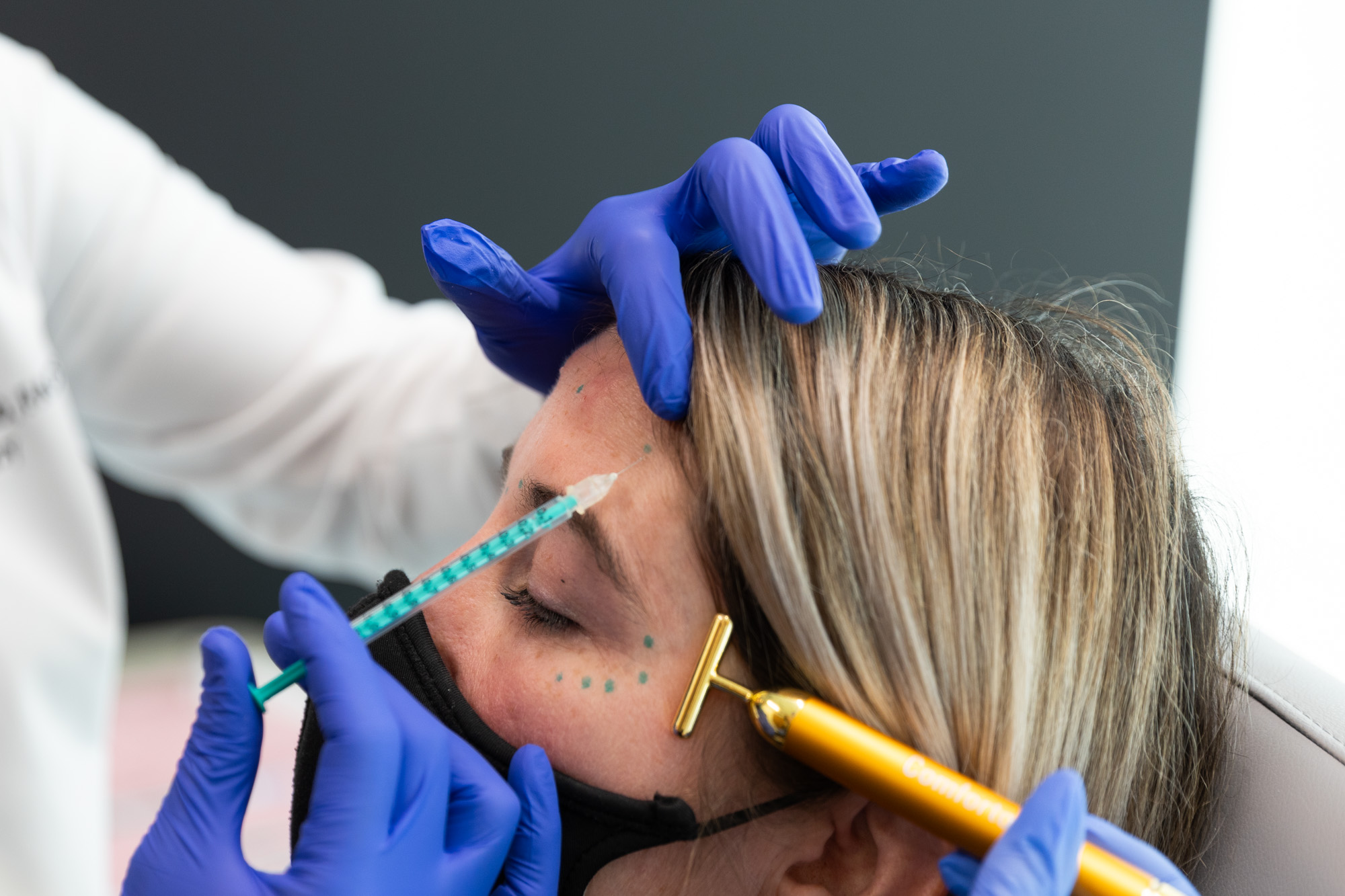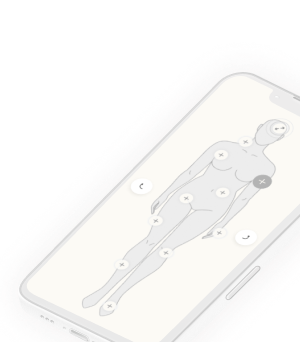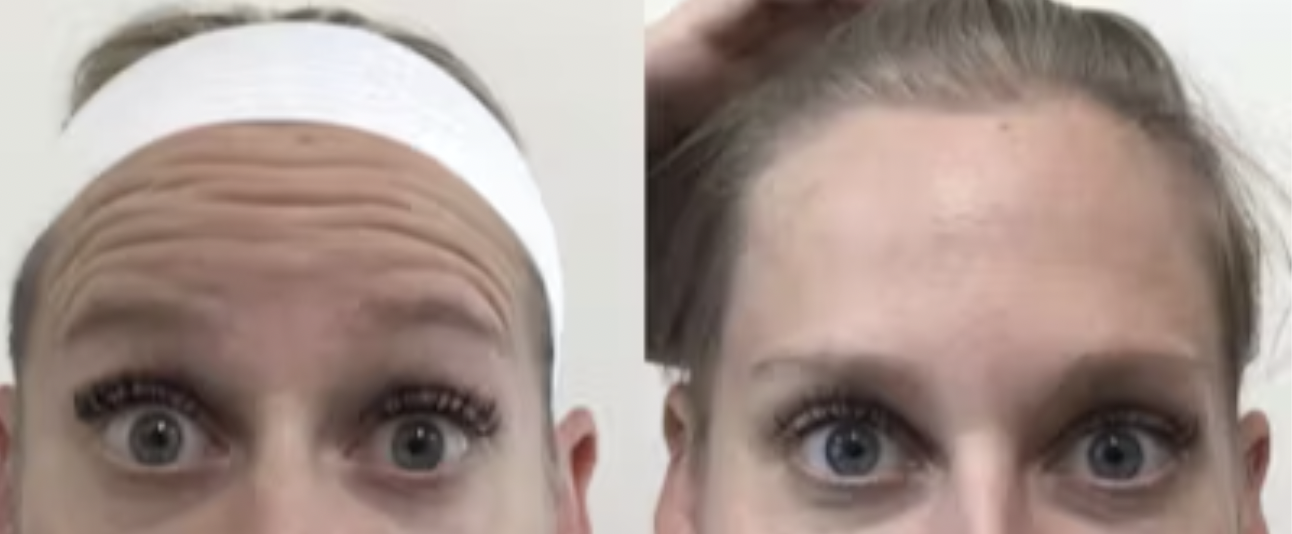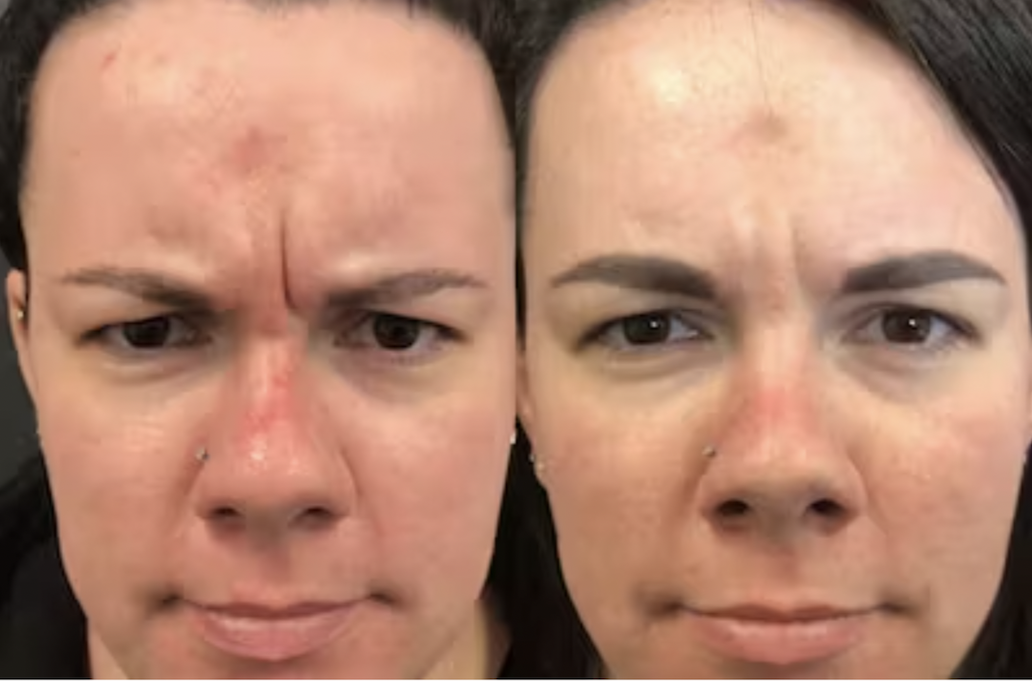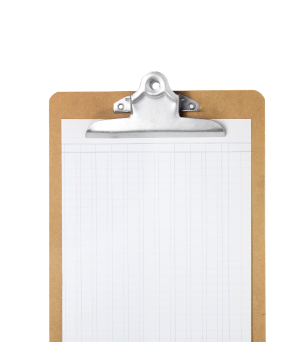We offer a topical anesthetic to minimize discomfort during injections. Most patients report little to no pain with the anesthetic.

-
Consultation Required?
Yes – Schedule a Consultation
-
Treatment Type
Injectable
-
Treatment Length
15 to 20 minutes
-
Number of Treatments Needed
Every 3 to 4 months to maintain results
-
Downtime
None
-
Duration of Results
3 to 4 months
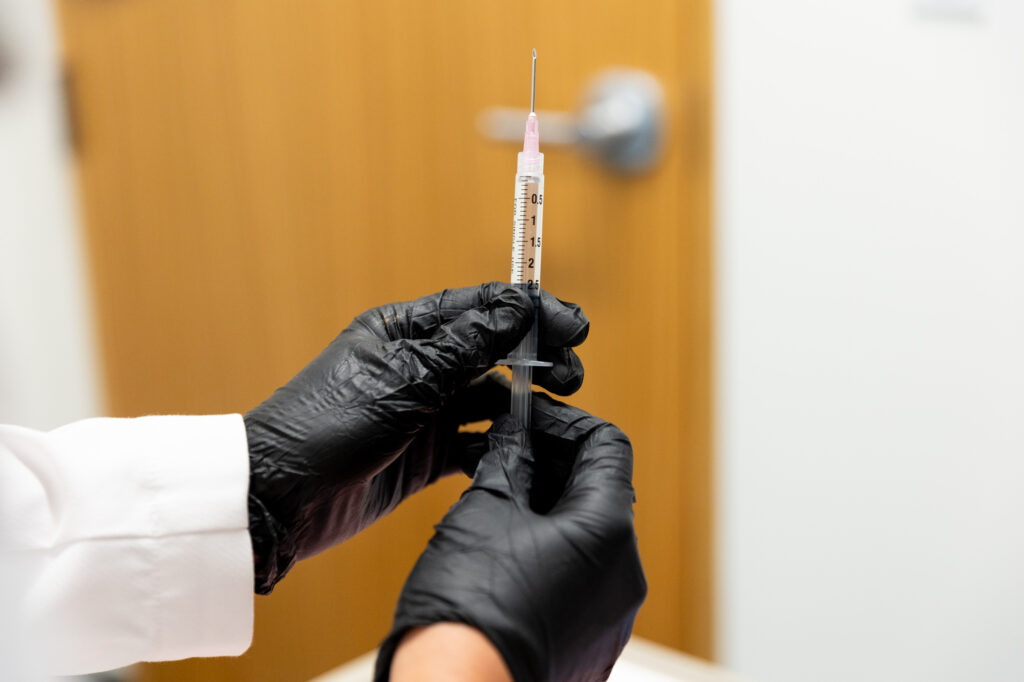

Crow’s feet
Moderate-to-severe forehead lines and creases
Frown lines between your brows

Want to try wrinkle relaxers?
Try our treatment planning tool to see if they’re right for you.
The cost of Botox® in Austin varies depending on the area you would like treated. Please call our clinic for specific pricing information.
Your results from Botox® in Austin should be long-lasting and can be prolonged through maintenance treatments. The team at B+A Medical Aesthetics usually finds that optimal Botox® results last for about four to six months, depending on how long it takes your body to metabolize the injectable. However, you can experience even longer-lasting benefits when treating finer lines and wrinkles.
You can expect to see improvements within a few days of your injection, but optimal results appear 1 to 2 weeks after treatment.
- Remain in an upright position for 4 hours.
- No massaging of the treated area for 24 hours. Washing your face or applying make-up is fine.
- Please avoid a Clarisonic facial cleanser, have a facial, put your face in a massage cradle, or be face down for 24 hours after the treatment.
- Exercise the treated area (wrinkle the forehead, smile, frown, etc.) every so often for 1-3 hours after treatment. This will help with the uptake of the Botox.
- Do no exercise (running, aerobics, weight-lifting, etc.) for 24 hours.
- Do not take aspirin, ibuprofen, or fish oil for 24 hours after the treatment.
- You can take Tylenol for headaches, the most common side effect after neuromodulator treatment.
- Mild bruising can occur. You may also have pinprick bleeding at the injection sites. If bruising appears, you can apply ice to the area for 15 minutes every hour to decrease bruising.
- Allow 2 weeks for treatment to take full effect. You may still see lines in at rest lines and may need repeated treatment in these areas for improvement. Neuromodulators only treats lines produced from active movement.
- Follow up in 3 weeks to evaluate treatment areas.
- Consider retreating the area in 3 to 6 months or once you note movement in the treated area.
- Please call the office if you have a severe headache, fever, weakness, or drooping of your eyelids.
The difference is that Xeomin® does not contain the added proteins in Botox®. Some people get better results with Xeomin® when Botox® stops producing the smoothing effect. This is the result of developing antibodies against the proteins in Botox®. Both products are excellent and have a similar effect.
Which one is right for you? Talk to us about what you hope to achieve.
Dysport is also a botulinum toxin that is injected similar to Botox and Xeomin. The unit dosage amounts are slightly different.
Receiving Botox® is generally considered a safe procedure, and common potential side effects of Botox® include swelling or redness at the injection site. Botox® is particularly low risk when given by an experienced, reputable doctor or esthetician.
Less common risks from Botox® injections may include bruising and headaches, flu-like symptoms, eye dryness or tearing, temporary facial drooping, and nausea.
Botox® is approved for patients 18 years old and older. “Preventative Botox” is usually started in one’s mid-20s and more intensive treatments are often started in one’s early to mid-30s. If you find yourself wondering if Botox® might help you clear up those unwanted dynamic lines and wrinkles, you’re likely at the right age to give it a chance.
Neuromodulators and dermal fillers are both injectable treatments, but they achieve different results. Botox® relaxes contracted muscles to smooth away wrinkles and provide a more youthful appearance. Dermal fillers can also greatly reduce wrinkles, but they achieve this result by providing volume to sagging to plump the skin, which smooths the wrinkles away. Dermal fillers can also contour the facial features.
Botox® can be used to treat migraines by having Botox® injections around the head and neck once every three months. The Botox® relaxes the muscles that cause tension headaches or migraines, which results in a greatly reduced occurrence of migraines.
